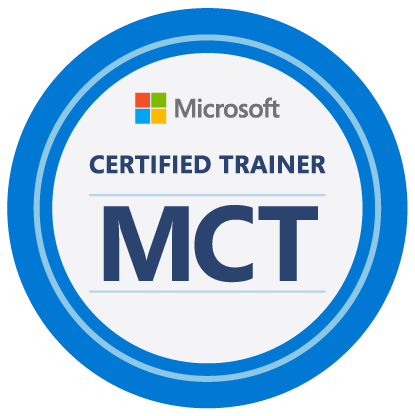فهم Azure DNS: حلول إدارة أسماء النطاق في السحابة
في عالم الحوسبة السحابية، تُعد إدارة أسماء النطاق (DNS) عنصرًا أساسيًا لضمان الوصول السلس إلى التطبيقات والخدمات. توفر Microsoft Azure حلاً متكاملاً لإدارة أسماء النطاق من خلال خدمة Azure DNS، التي تجمع بين الأداء العالي والأمانs القوي والمرونة في التخصيص.
ما هو Azure DNS؟
Azure DNS هو خدمة استضافة وإدارة أسماء النطاق، تتيح لك حل أسماء النطاق إلى عناوين IP داخل بيئة Azure أو حتى من البيئات المحلية (On-Premises). بفضل تكاملها العميق مع Azure، يمكنك إدارة سجلات DNS بسهولة باستخدام نفس الأدوات والواجهات التي تستخدمها لخدمات Azure الأخرى.
أنواع خدمات Azure DNS
1️⃣ Azure Public DNS 🏛️ خدمة استضافة لنطاقات DNS العامة، مما يسمح لك بإدارة سجلات أسماء النطاقات العامة باستخدام نفس البنية التحتية التي توفرها Azure. هذا يضمن أداءً عاليًا، وأمانًا محسّنًا، وتكاملاً سهلاً مع خدمات Azure الأخرى.
2️⃣ Azure Private DNS 🔒 يوفر نظام DNS خاصًا للشبكات الافتراضية داخل Azure، مما يسمح لك بإدارة الأسماء داخل بيئتك السحابية دون الحاجة إلى إعداد خادم DNS مخصص. هذا يسهل الاتصال بين موارد الشبكة داخل Azure بطريقة سلسة وآمنة.
3️⃣ Azure DNS Private Resolver 🔄 حل يتيح لك الاستعلام عن نطاقات Azure Private DNS من بيئاتك المحلية (On-Premises) والعكس، دون الحاجة إلى نشر خوادم DNS افتراضية (VM-based DNS). هذا يسهل التكامل بين Azure والبنية التحتية الداخلية.
4️⃣ Azure Traffic Manager 🚦 خدمة توجيه وتحميل حركة المرور تعتمد على DNS، مما يتيح لك توزيع حركة المستخدمين عبر مناطق Azure العالمية، مما يعزز الأداء والتوافر العالي للتطبيقات العامة.
لماذا Azure DNS؟
✅ تكامل سهل مع Azure: إدارة السجلات باستخدام نفس واجهات Azure. ✅ أداء عالي وزمن استجابة منخفض: بفضل بنية Azure العالمية. ✅ أمان متقدم: مدعوم بتقنيات مايكروسوفت لحماية النطاقات. ✅ دعم كامل للبروتوكولات القياسية: مثل A, AAAA, CNAME, MX, TXT, و SRV.
الخلاصة
إذا كنت تبحث عن حل مستقر وقابل للتطوير لإدارة أسماء النطاق في Azure، فإن Azure DNS يقدم مجموعة من الخدمات التي تناسب احتياجات الشبكات العامة والخاصة، مع دعم تكامل عميق مع بيئات السحابة والهجينة.
🚀 هل بدأت بالفعل باستخدام Azure DNS في مشاريعك؟ شاركني تجربتك في التعليقات! 👇

.png)





